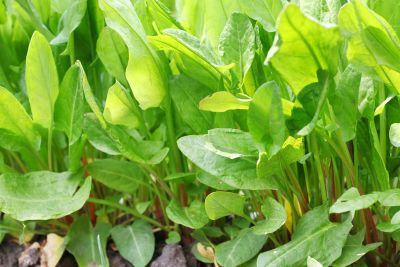Read on for descriptions of sorrel varieties and tips for growing these low-maintenance herbs.
Sorrel Plant Types
You can’t go wrong by including sorrel in your garden. The different sorrel plants are not only easy to grow but are also cold-hardy perennials. This means they die back in fall but reappear the following year in late winter. The two most popular varieties of sorrel for veggie gardeners are English (garden) sorrel (Rumex acetosa) and French sorrel (Rumex scutatus). Both have a citrusy taste that makes them excellent for cooking. Each sorrel variety is slightly different and each has its own set of fans. Sorrel leaves are rich in vitamin A, vitamin C and potassium.
Garden Sorrel Plant Types
English sorrel is the classic plant species traditionally used to make sorrel soup in spring. Within this species you will find five sorrel varieties:
Bellville sorrel
Blistered Leaf sorrel
Fervent’s New Large sorrel
Common garden sorrel
Sarcelle Blond sorrel
Garden sorrel often has arrow-shaped leaves, although leaf shape may vary between the varieties of sorrel. The new young leaves that emerge from the garden sorrel plant in spring are delicious, with a lemon zest flavor.
French Types of Sorrel
Other sorrel plant types frequently found in a home garden include French sorrel. These plants grow to 18 inches (46 cm.) tall and produce rounded or heart-shaped leaves. The leaves are not as acidic as garden sorrel varieties and are commonly used herbs in France for cooking. There are two other types of sorrel available in this category, the Rumex patientia (patience dock) and Rumex arcticus (arctic or sour dock). These are rarely cultivated in North America.
Sorrel Growing Tips
If you want to grow sorrel, it’s best if you live in cooler regions. It is adapted to USDA hardiness zones 4 through 9. Plant sorrel seeds in spring in a bed with moist soil. Tuck the seeds half an inch below the soil surface. Some varieties are dioecious, meaning that male and female parts are on different sorrel plants.
